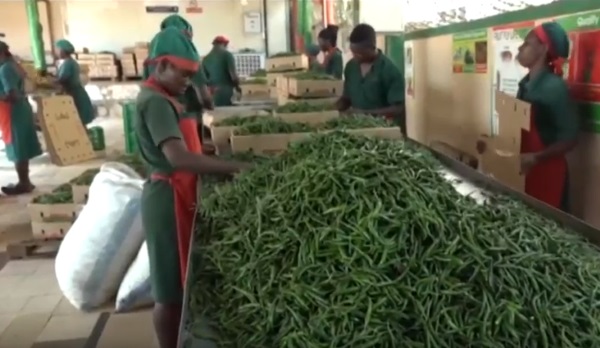Increased global demand for hot peppers from Uganda is heating up at a time when farmers had shunned investing in the commodity due to a roaming ban. Unfortunately for Uganda, the volumes and value remain a major concern after the country had imposed a self-ban. In Masaka, Mbarara, and Luweero where the crop is grown on a large scale, production has gone down after some farmers pulled out. “More markets which have actually been there but they think Ugandan products cannot be found either they are there today or they are not there tomorrow which is right. Currently, we need 150 tons every day, we are shipping now every week 20 tons, what percentage is that? It’s too small.” Said, James Kanyije – CEO, KK Foods.
With the demand up, the prices of hot pepper have as well increased. “Because our products are competing well when they reduce the price increases at the moment the price has increased almost 1000% of hot pepper because it is less.” Last year, the prices of hot pepper on the international market was at its lowest selling at 7 pounds and now prices have increased to a kilo sold at 12 pounds approximately 57,000 shillings. Locally, a kilo of hot pepper is purchased at 3,500 up from 1,000 shillings last year. But this has come with a cost because the European market has come up with stringent rules and regulations to guard against low standards. “We are being forced to write 16.6 EC; that is a directive from the European Union that the peppers are coming from Lea Pest Country which is not correct. And in some Airports in Europe also tell us to write that peppers are coming from a country with a gazetted area that is free from pest which is 16.6 EC.”
Besides the farmers pulling out because of the self-ban, some have been affected by climate change. Hot pepper is one of Uganda’s non-traditional exports under horticulture commodities. Uganda’s main market for the hot pepper is India, Spain, Netherlands, Germany and the United Kingdom.

